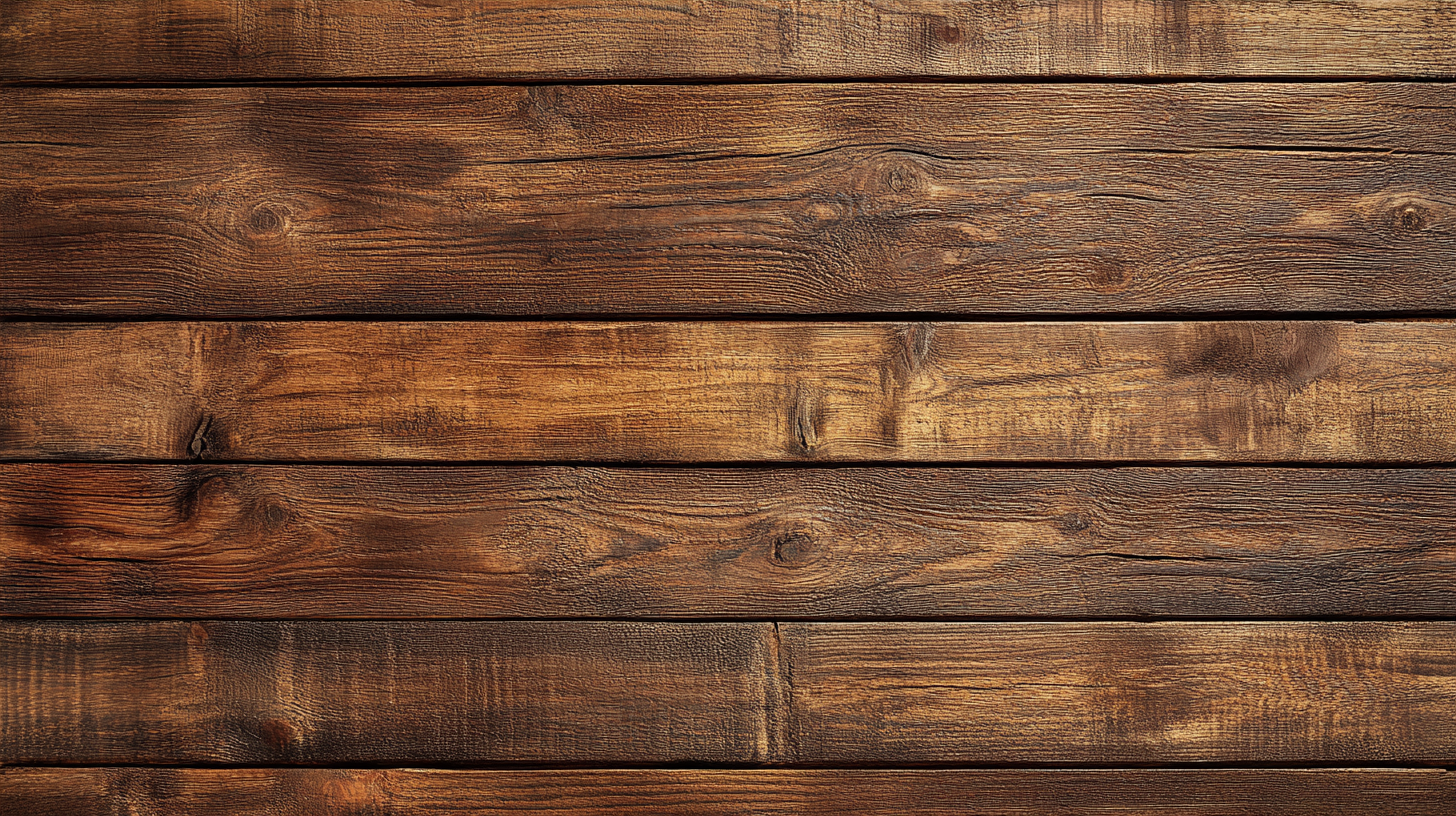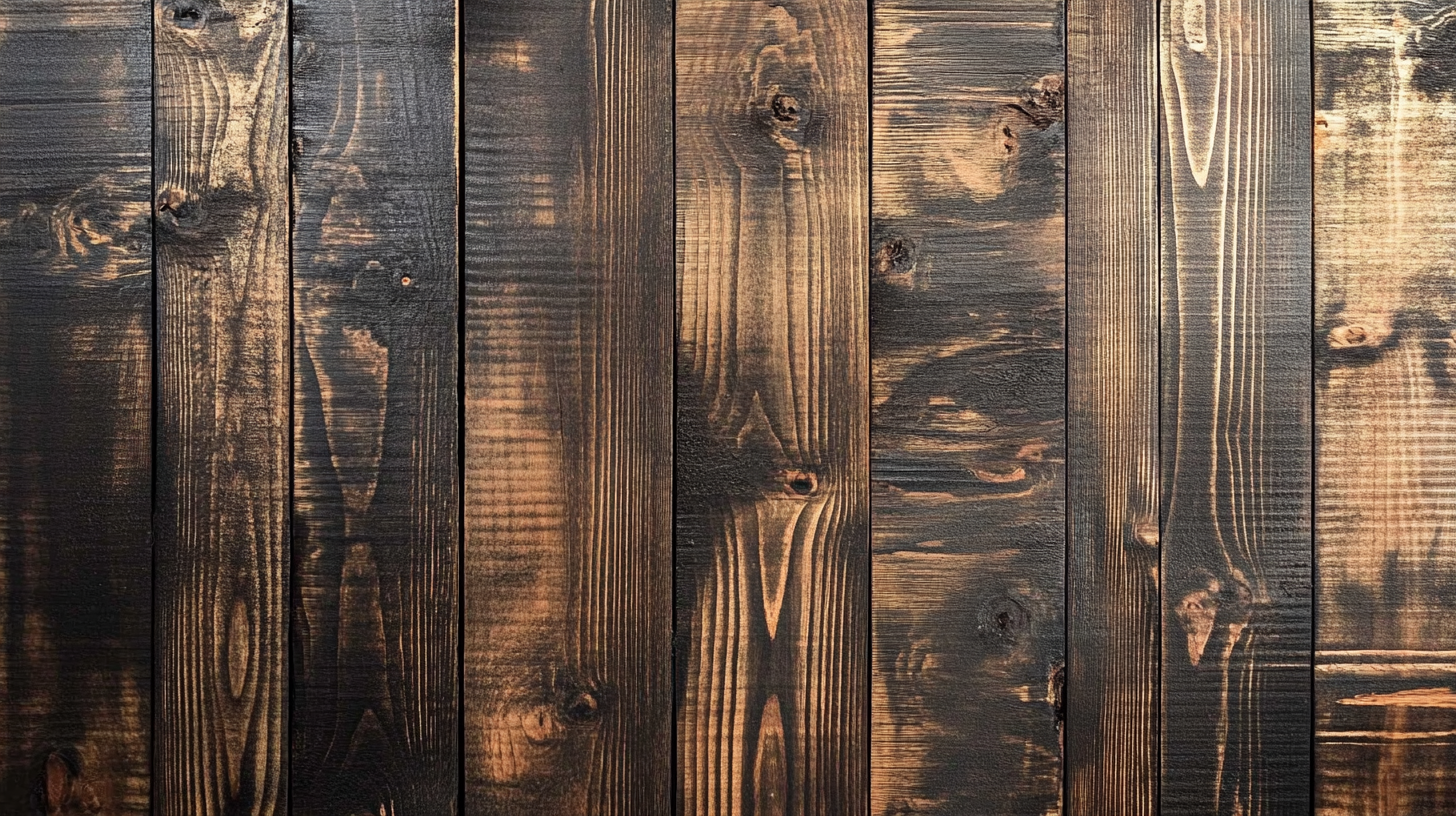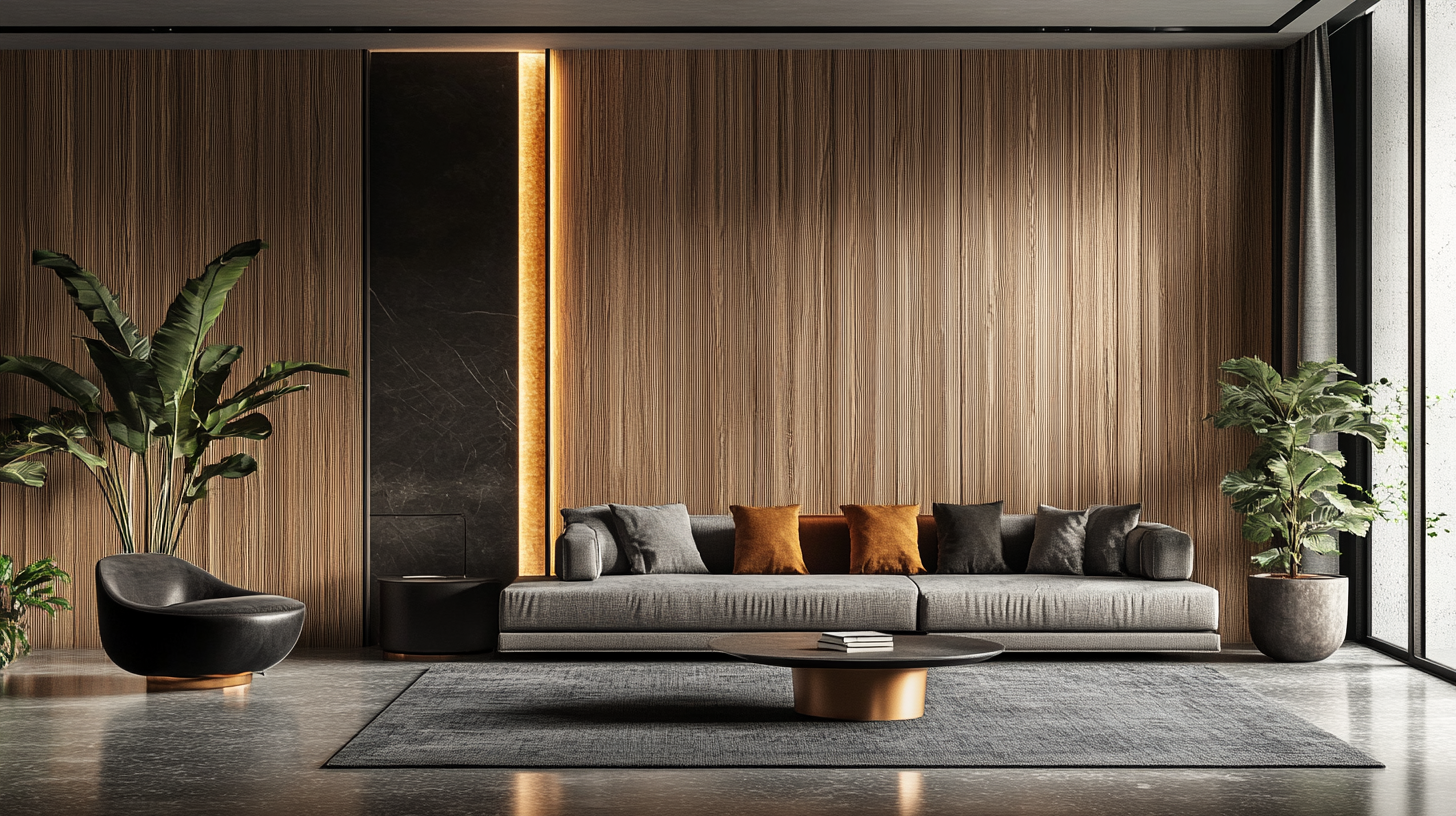Shandong Xiangying New Materials Technology Co., Ltd.
Shandong Xiangying New Materials Technology Co., Ltd.
In recent years, the interior design industry has witnessed a significant shift towards sustainable and eco-friendly materials, with wood wall panels emerging as a favored choice among homeowners and designers alike. According to the Forest Stewardship Council, sustainably sourced wood products, including wood wall panels, can reduce carbon footprints by up to 67% compared to non-sustainable materials. This growing trend emphasizes not just the aesthetic appeal but also the environmental responsibility associated with using natural materials in interior spaces. As a result, many homeowners are now prioritizing sustainability without sacrificing style in their design choices.
Wood wall panels not only bring a touch of warmth and texture to interiors, but they also contribute to improved air quality and acoustics within a space. Research from the U.S. Green Building Council indicates that incorporating wood products can enhance indoor environments by regulating humidity and promoting better overall health for occupants. This compelling combination of style and sustainability is prompting a re-evaluation of interior materials, making wood wall panels a standout solution for anyone looking to elevate their space with both visual appeal and a commitment to the planet.

Wood wall panels are rapidly becoming a crucial element in modern interior design, offering both aesthetic appeal and sustainable benefits. As we move toward 2025, the emphasis on materials that promote a connection with nature is becoming increasingly apparent. Wood wall panels can help transform any space into a warm, inviting environment, enhancing the overall aesthetic while embracing the principles of sustainability. This trend aligns perfectly with the growing demand for interior materials that echo natural beauty, creating a serene atmosphere that can be personalized to suit individual tastes. The use of wood in interior design not only elevates the visual aesthetic of a space but also contributes to improved indoor air quality. Unlike synthetic materials, wood has natural properties that can enhance humidity levels and reduce the presence of volatile organic compounds (VOCs). This not only fosters a healthier living environment but also showcases the benefits of sustainable building practices. As highlighted in recent studies, mass timber serves as an exceptional alternative to traditional concrete and steel, combining durability with the warmth of wood, thereby transforming interiors into spaces that resonate with both comfort and style.

The use of wood wall panels in construction not only adds aesthetic value to interiors but also plays a significant role in sustainability. According to the Forest Stewardship Council (FSC), sustainably sourced wood has a lower carbon footprint compared to many conventional building materials. This is primarily due to trees absorbing carbon dioxide during their growth, effectively acting as carbon sinks. In fact, a study by the U.S. Department of Agriculture (USDA) found that the use of wood in construction can lead to a reduction in greenhouse gas emissions by up to 28% compared to similar structures built with concrete or steel.
Furthermore, the Life Cycle Assessment (LCA) of wood products indicates that they require less energy in both manufacturing and transportation compared to alternatives such as steel or concrete. The World Resources Institute highlights that sustainable forestry practices significantly contribute to the preservation of biodiversity and ecosystems, ensuring that wood as a resource remains replenishable. By choosing wood wall panels, homeowners and builders not only enhance the visual appeal of their spaces but also support a more sustainable and eco-friendly construction industry.
Additionally, the durability and longevity of wood panels reduce the need for frequent replacements, thereby minimizing waste over time. Research from the National Wood Flooring Association (NWFA) shows that wood products can last for generations with proper care. This longevity means that the initial carbon cost of production is amortized over a long life span, making wood panels a smart environmental choice for modern construction.

The use of wood wall panels in modern design transcends mere aesthetics; they provide significant acoustic advantages that can enrich the experience of any space. Wood's natural properties make it an excellent sound absorber, allowing it to effectively reduce noise levels in homes, offices, and public venues. By incorporating wood wall panels into a design, one can create environments that foster comfort and productivity, ideal for spaces where focus and communication are paramount.
Moreover, the integration of engineered wood components, such as cross-laminated timber (CLT), enhances these acoustic benefits while contributing to sustainable construction practices. CLT not only provides a robust structure but also aids in faster construction times, minimizing disruption and waste. This synergy of functionality and sustainability allows designers to respond to contemporary environmental challenges while ensuring that the auditory experience within a space is thoughtfully curated.
Additionally, the versatility of wood wall panels enables them to be utilized in a variety of shapes and designs, including curved walls that can further optimize sound dynamics. Such design elements are crucial in spaces like concert halls or theatres, where acoustic precision is essential. Thus, wood wall panels emerge as a pivotal element in modern architectural language, delivering both visual appeal and sound performance, transforming any space into a stylish yet functional oasis.

When considering materials for interior design, durability and longevity play vital roles, particularly for surfaces that experience high levels of wear and tear. Wood wall panels stand out in this regard, combining aesthetic appeal with impressive resilience. According to a report by the Wood Products Council, properly maintained wood can last for decades, often exceeding 70 years in well-cared-for environments, making it an exceptional investment for homes and businesses alike.
In terms of mechanical strength, studies show that wood has a high strength-to-weight ratio. Structural wood panels, such as plywood and oriented strand board (OSB), can withstand significant stress while remaining lightweight, a feature that contributes to their long-term usage in both residential and commercial applications. Additionally, wood naturally resists temperature fluctuations and moisture, reducing the risk of warping and damage over time. The Forest Products Laboratory highlights that wood's cellular structure allows it to absorb moisture without deteriorating, ensuring that your wall panels maintain their integrity even in varying climates.
Beyond functionality, the environmental benefits of wood panels further enhance their appeal. Wood is a renewable resource, and when sourced sustainably, it leaves a minimal ecological footprint. According to the U.S. Department of Agriculture, sustainably harvested wood contributes to forest health and carbon sequestration, making it a responsible choice for eco-conscious consumers. This synergy of durability and sustainability positions wood wall panels as not only a stylish option for interior spaces but also a choice that stands the test of time, both in performance and environmental impact.
When it comes to interior renovation projects, cost-effectiveness often takes center stage, and wood wall panels emerge as a standout choice. According to a study by the National Wood Flooring Association (NWFA), using wood products can save homeowners up to 50% on installation costs compared to other materials. This significant saving stems from the ease of installation that wood panels afford, minimizing labor time and associated expenses.
Beyond initial cost savings, wood wall panels offer long-term durability and maintenance benefits. The American Hardwood Information Center states that wood is one of the best materials for longevity in home design, often outlasting synthetic alternatives. Over time, this durability translates to a lower total cost of ownership, diminishing the need for frequent replacements or extensive repairs. In fact, a report by Remodeling Magazine indicates that homeowners can expect an average return on investment (ROI) of approximately 70% when incorporating wood features in their remodels.
Additionally, the sustainability aspect of wood wall panels plays a crucial role in their cost-effectiveness. Eco-friendly materials not only appeal to environmentally-conscious consumers but can also lead to energy savings. The U.S. Department of Energy highlights that well-designed wood interiors can enhance insulation, ultimately reducing heating and cooling costs. As a result, wood wall panels present a unique opportunity to elevate aesthetic value while being budget-friendly and sustainable.
